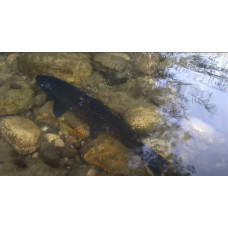Habitat is the part of nature surrounding an organism that has a certain influence on it. Habitats are distinguished as aquatic, terrestrial, air, soil and organismal habitats.
The area of a body of water occupied by an organism or its population and having the habitat necessary for its existence, including living and non-living things.
The environment provides organisms with everything they need to survive and in which they excrete metabolic products. The environment of any organism is made up of many elements of an inorganic and organic nature, as well as elements introduced by man and his industrial activities. In this case, some elements may be partially or totally indifferent to the organism, others are necessary and others are harmful.
A distinction is made between natural and artificial (man-made) habitats. Individual characteristics and elements of the environment that affect organisms are called environmental factors. All environmental factors can be divided into three broad groups:
Abiotic environment (environmental factors) - a set of inorganic environmental conditions that affect an organism. (Light, temperature, wind, air, pressure, humidity, etc.) For example: accumulation of toxic substances and chemical elements in the soil, drying up of water bodies during drought, increasing length of daylight hours, intense ultraviolet radiation.
Biotic environment (environmental factors) - a set of influences of some organisms on others.
Anthropogenic (anthropic) factors - all forms of human activity that alter nature as a habitat for living organisms or directly affect their lives.
Habitat
Tags: habitat

